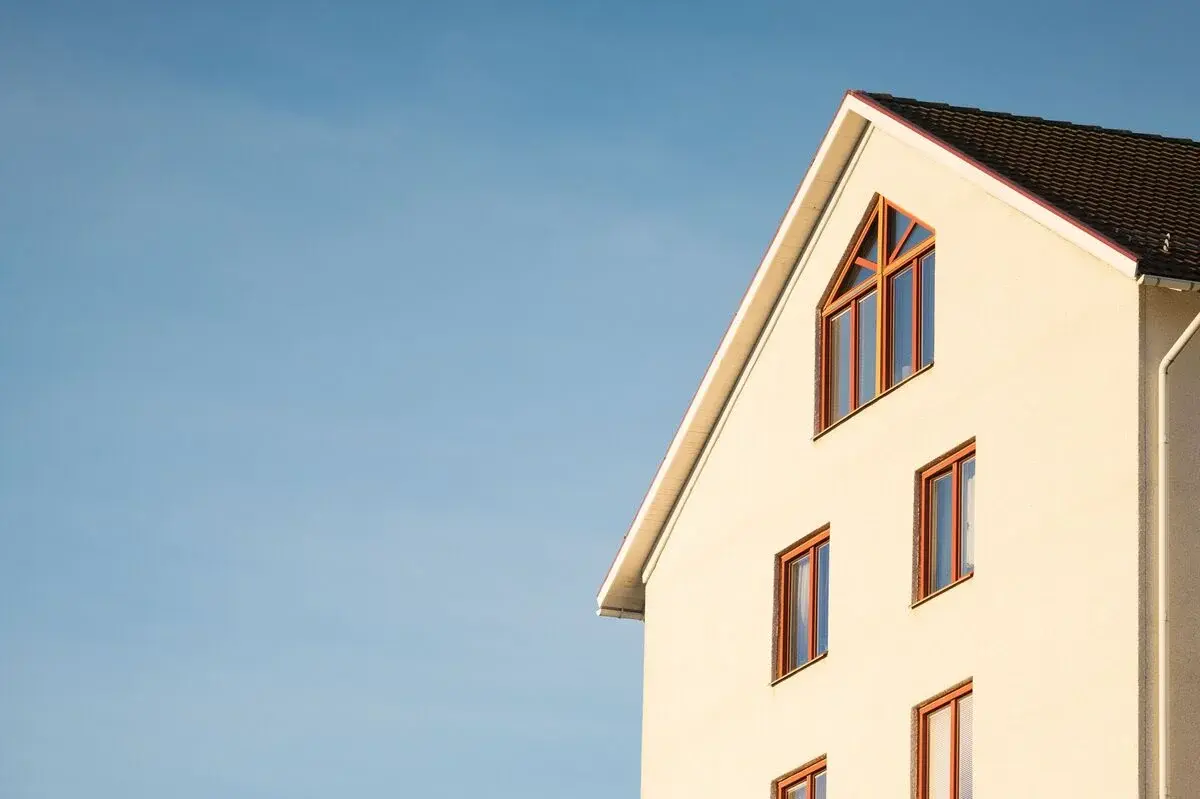Starting this year, both Canadian citizens and residents who are planning to buy their first home have the option to utilize two different accounts. The Home Buyers Plan (HBP) was introduced in 1992 and until recently, was the primary choice for many Canadians. In 2022, the Canadian government introduced a new savings account designed to help first-time home buyers purchase their first property. The First Home Savings Account (FHSA) will be available to eligible Canadians starting in 2023. With two options now available for prospective home buyers, what is the difference?
First Home Savings Account
The First Home Savings Account is a tax-free account aimed at helping Canadians build savings for a down payment on their first house. The FHSA has a lifetime contribution limit of $40,000, and a maximum contribution of $8,000 annually. If an individual does not contribute the full allowance for a calendar year, they will be able to carry over the unused contribution room in the next year, on top of their annual $8000 limit. For example, if $4000 is contributed in one calendar year, the individual can contribute $12,000 in the following year.
To be eligible for the FHSA:
- You must be a Canadian resident.
- You must be at least 18 years of age.
- You must not be a homeowner during the year in which the account is opened or for the preceding four years.
The FHSA has a lifetime of 15 years, or when the account holder reaches 71 years of age. After this time, any unused savings in the account can be transferred into a Registered Retirement Savings Plan (RRSP) or a Registered Retirement Income Fund (RRIF) account on a tax-deferred basis. If eligible, Canadian residents can open a First Home Savings Account starting in April 2023.
Home Buyers Plan
The Home Buyers Plan is a program that allows you to withdraw from an RRSP account to purchase, or build a qualifying home for yourself or a related person with a disability. As of March 19, 2019, the HBP withdrawal limit is set to $35,000.
To be eligible for the HBP, the following criteria must be met:
- Have an RRSP account.
- Be considered a first-time homebuyer.
- Have a written agreement to buy a home.
- Be a Canadian resident when withdrawing funds from your RRSP and up to the time the qualifying home is bought or built.
- You intend to occupy the home as your primary residence within one year after purchase or completion of construction.
When using an HBP, it is important to note that you have 15 years to repay the funds withdrawn back to your RRSP. If an individual chooses to start payments earlier, the repayment period will stay the same. Any payments made before you are required to start the process will ultimately reduce the amount owing for the first year. If you repay more than the required amount for any given year, your remaining HBP balance for later years will be reduced.
Which plan is right for you?
When considering the FHSA and the HBP, there are a few key factors to consider:
Timeline
If you are looking to purchase your home within the next five years, the Home Buyers Plan provides more benefits than the First Home Savings Account. The FHSA has a contribution limit of $8,000/year to a maximum of $40,000 and would require at least five years to make full use of the contribution room.
RRSP
If you do not have an RRSP, it is not possible for you to make use of the HBP. The Home Buyers Plan requires an individual to withdraw from their RRSP and pay the amount back within 15 years.
Utility/Use
Unlike the HBP, the FHSA is not contingent on withdrawing funds from an RRSP. If the FHSA is not used for 15 years, the funds can be transferred to an RRSP account on a tax-deferred basis, therefore serving as a great medium to further increase retirement savings.
Can you use both the FHSA and HBP?
In short, yes, you can use both the First Home Savings Account and the Home Buyers Plan. Originally, the Canadian Government stated that it would not be possible to use the two accounts in tandem. After a revision of the legislation in August 2022, the Government reversed this decision enabling Canadian residents to use the FHSA alongside the HBP. For example, if a couple has individual FHSA accounts with their contribution limit maximized, and they withdraw the allotted $35,000 from their respective RRSPs for the HBP, this will allow them to save up for a solid portion of their down payment.
